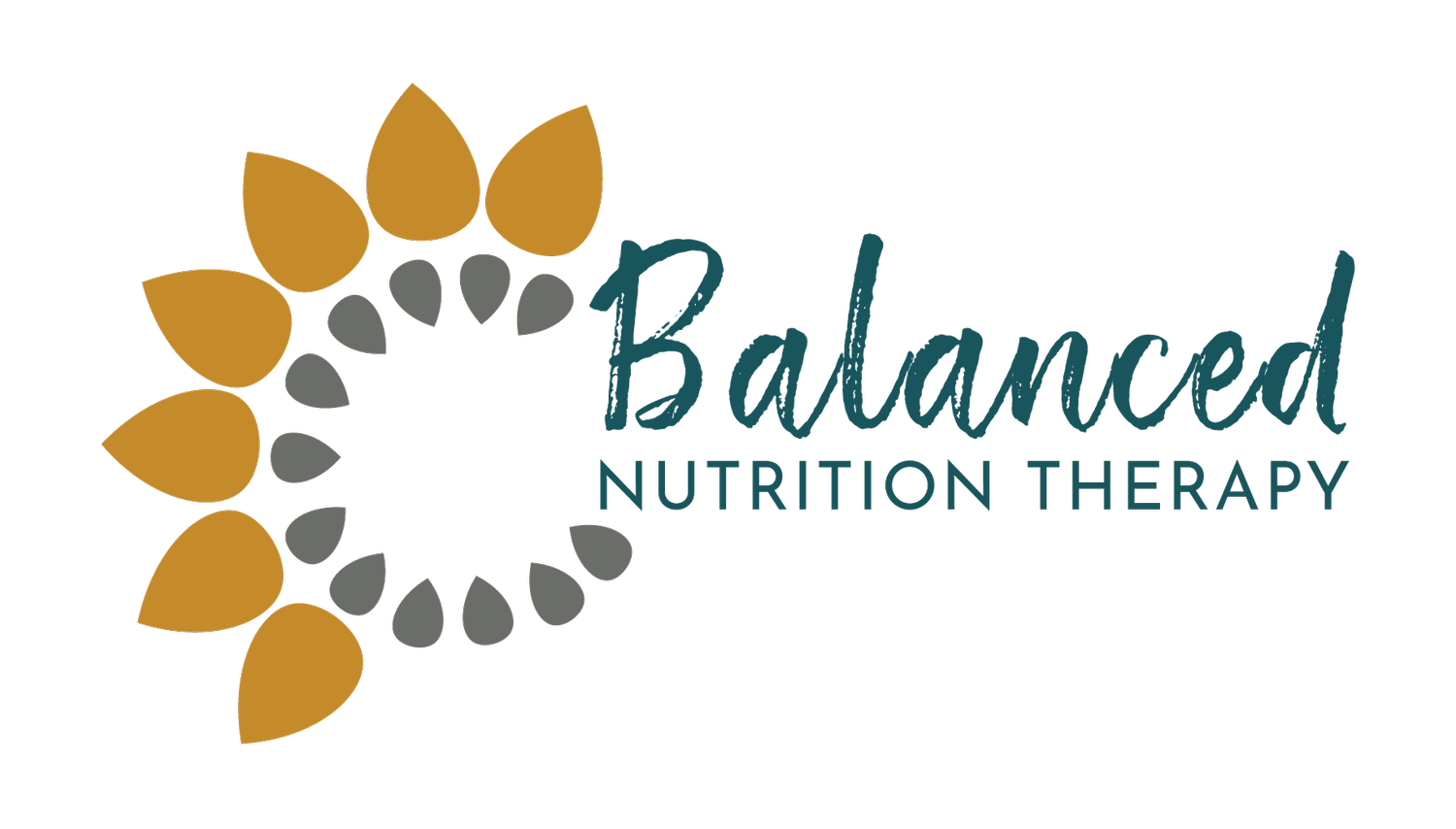Malnutrition and High Cholesterol—Here’s What’s Actually Going On
It’s common for clients with eating disorders to have their labs drawn, including a lipid panel (which measures cholesterol and triglycerides), only to receive unexpected results—elevated cholesterol, particularly "bad" LDL cholesterol.
Many are then advised to exercise more and eat fewer “fatty foods.” However, for individuals who are already malnourished, highly active, and consuming little dietary fat, this advice can be both confusing and frustrating. Some may even be diagnosed with non-alcoholic fatty liver disease (NAFLD) despite their restrictive intake. If this sounds familiar, here’s what’s actually happening and how to fix it:
1. The Liver’s Role in Cholesterol Clearance
Your liver helps regulate cholesterol by producing bile, which contains cholesterol and other substances. While some bile is reabsorbed, much of it—along with cholesterol—is excreted in stool (Chiang, Ferrell, Wu, & Boehme, 2020).
However, if you're not eating enough, bile production drops because it relies on proteins and essential fatty acids. Without enough bile, less cholesterol is eliminated, and levels in the bloodstream rise.
2. Your Thyroid Might Be Slowing Things Down
Your thyroid plays a major role in cholesterol metabolism, and when it's under-functioning (which can happen due to malnutrition), LDL cholesterol tends to climb (Shulhai et al., 2024). Rapid weight loss, low calorie intake, and inadequate micronutrients can all contribute to thyroid dysfunction, further messing with cholesterol levels (Weinbrenner et al., 2004).
3. Fat Breakdown Can Backfire
In a malnourished state, your body ramps up lipolysis—breaking down fat stores for energy. While this might sound like a good thing, it actually raises LDL cholesterol levels (Weinbrenner et al., 2004). Plus, if your body isn't metabolizing fats properly, they can accumulate in the liver, increasing the risk of NAFLD (Gan & Watts, 2008).
And here’s something that’s often overlooked: Too much exercise in an undernourished state only makes things worse. Over-exercising in this state can drive up cholesterol even further by increasing stress on the body and amplifying fat breakdown.
The Real Solution
(Not What You’ve Been Told)
Instead of focusing on eating less fat or exercising more, the real way to correct these lab abnormalities is to eat more, work with an RD to re-balance your nutrition, and, in many cases, reduce excessive exercise. Your body needs adequate protein, essential fats, and key micronutrients to support bile production, thyroid function, and fat metabolism.
One Last Important Note
Not everyone who is malnourished experiences these cholesterol abnormalities, but they’re far more common than most people realize. In fact, many individuals in recovery might benefit from not having a lipid panel drawn at all until they are renourished, since these values often improve with proper nutrition alone.
So if you’ve been told to “just eat less fat” or “exercise more,” know this: That advice is NOT the answer. Proper nourishment and rest are.
Sources:
Chiang, J. Y. L., Ferrell, J. M., Wu, Y., & Boehme, S. (2020). Bile acid and cholesterol metabolism in atherosclerotic cardiovascular disease and therapy. Cardiol Plus, 5(4), 159–170. https://pmc.ncbi.nlm.nih.gov/articles/PMC8330388/
Gan, S. K., & Watts, G. F. (2008). Is adipose tissue lipolysis always an adaptive response to starvation?: Implications for non-alcoholic fatty liver disease. Clinical Science (London), 114(8), 543-545. https://doi.org/10.1042/CS20070461
Shulhai, A.-M., Rotondo, R., Petraroli, M., Patianna, V., Predieri, B., Iughetti, L., Esposito, S., & Street, M. E. (2024). The role of nutrition on thyroid function. Nutrients, 16(15), 2496. https://doi.org/10.3390/nu16152496
Weinbrenner, T., Züger, M., Jacoby, G. E., Herpertz, S., Liedtke, R., Sudhop, T., Gouni-Berthold, I., Axelson, M., & Berthold, H. K. (2004). Lipoprotein metabolism in patients with anorexia nervosa: A case-control study investigating the mechanisms leading to hypercholesterolaemia. British Journal of Nutrition, 91(6), 959-969. https://doi.org/10.1079/BJN20041151

